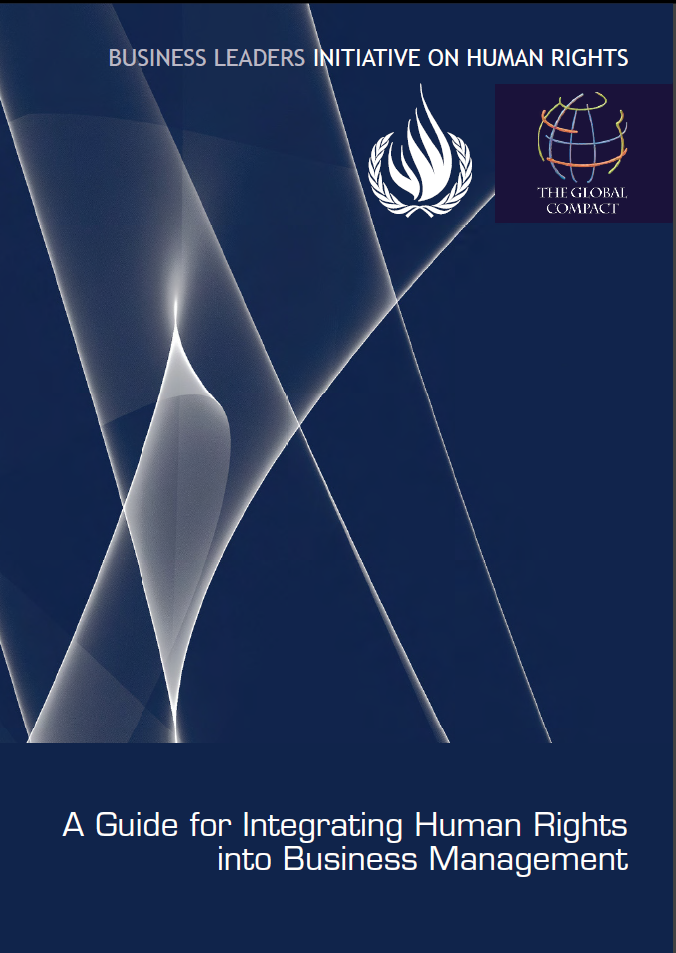The publication is based on the accumulated experience of the ten companies in the BLIHR on implementing human rights. This experience is supplemented with practical examples of human rights implementation.
In detail as a joint product of the Business Leaders Initiative on Human Rights (BLIHR), the United Nations Global Compact Office, and the Office of the High Commissioner for Human Rights (OHCHR), this guide offers practical guidance to companies that want to take a proactive approach to human rights within their business operations. It is principally for business leaders and managers in large and medium-sized enterprises, private and state-owned, who would like to develop their understanding of human rights in business practice.

